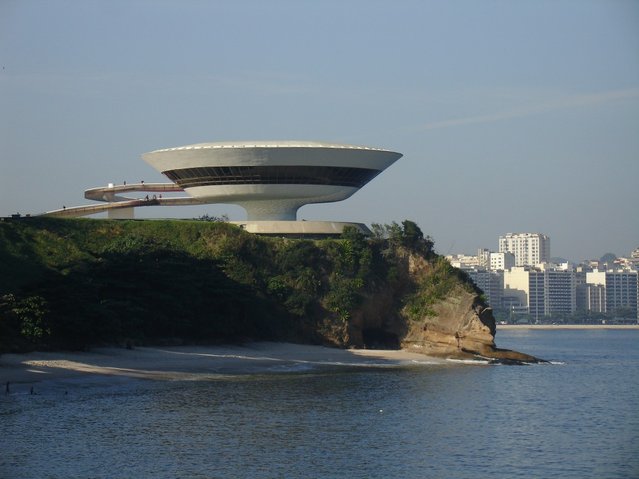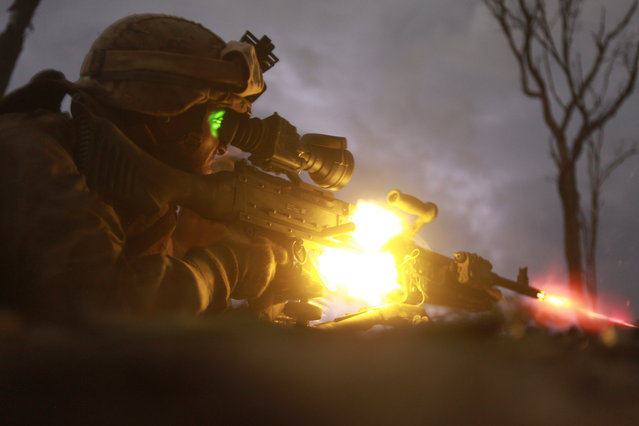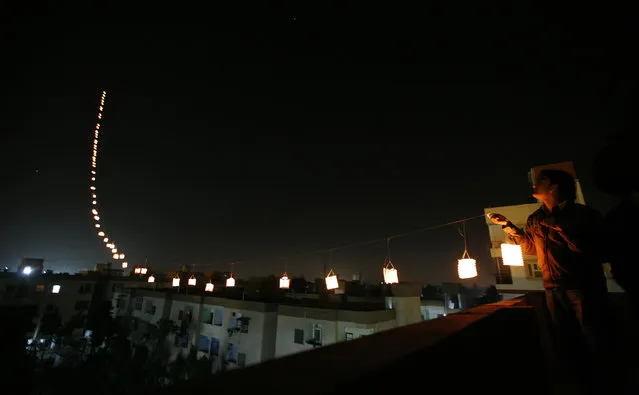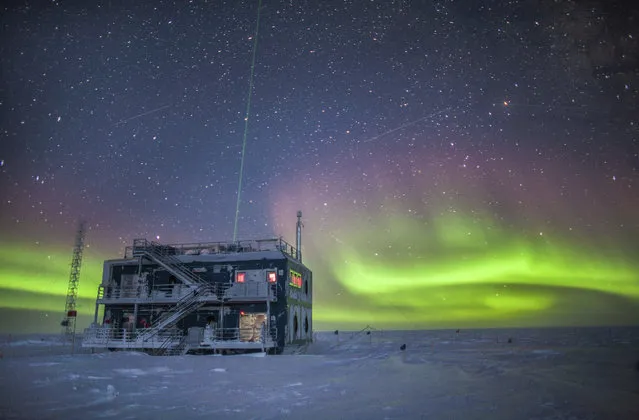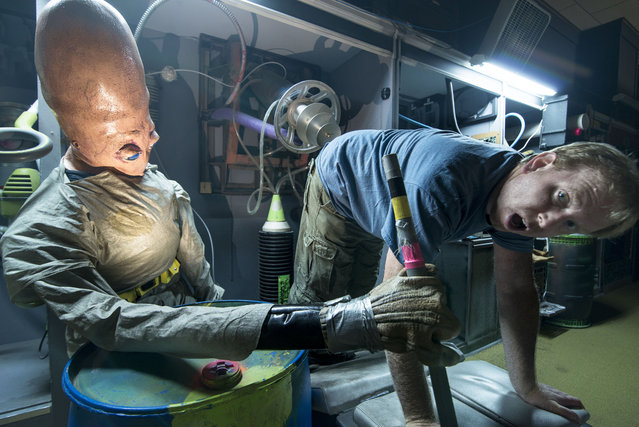
A UFO enthusiast who found himself locked in the iconic Roswell museum has shared the pictures he took with aliens to pass the time. Chris Burton, from the U.K., had dreamed of visiting Roswell, N.M., since he was a child but was stunned when he found himself locked in the International UFO Museum and Research Center during a recent trip. The 42-year-old used the unique opportunity to get interactive with the usually out of bounds exhibits and set up some funny snaps with the extraterrestrials – posing for a beer with one alien and taking a nap with another. (Photo by Chris Burton/Caters News Agency)
24 Dec 2017 08:48:00,post received
0 comments


